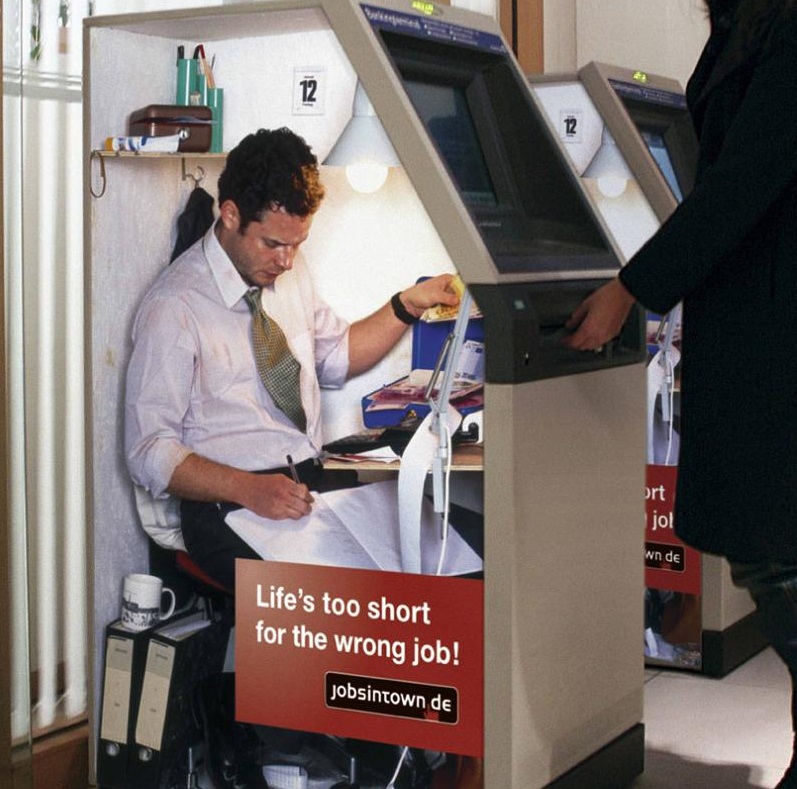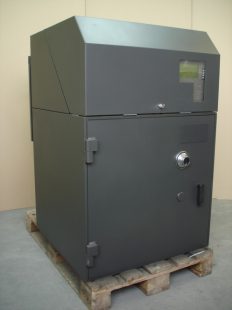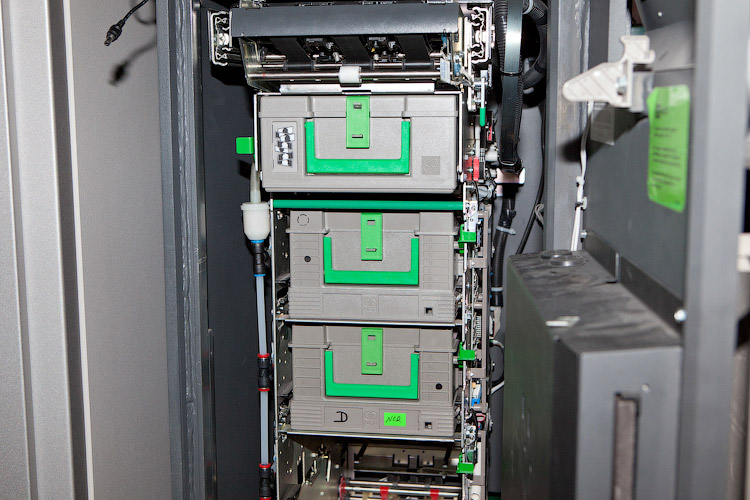The first ATM was installed on June 27, 1967. How does ATM work from the inside?

Most of us know what ATM looks like. But not everyone knows how an ATM works from the inside - where the bills are stored, how they are counted and how they get outside.
The other two elements of the ATM - the safe and the computer - are hidden from the eyes of the average user.
How an ATM works from the inside using the Wincor Nixdorf device as an example.

Safe at NCR 5886 ATM
Located at the bottom of the ATM. The armored steel and the lock protect it from burglary. And special sensors react to the slightest extraneous interference in the operation of the device.

Cash machines for banknotes.
There are usually four note cassettes inside the safe. In each of them, you can put banknotes of only one denomination. That is, in total, 4 denominations of banknotes are placed in the ATM. For example, 10, 50, 100 and 200 hryvnias. Each cassette is individually adjusted for a certain size of notes. Therefore, the case when, instead of 10 hryvnia, the ATM will give you 200, is unlikely. The banknotes end up in cassettes while still in the bank after a thorough check. Then the cassettes are sealed and transferred to the collectors for loading into the ATM. The ATM is able to determine how much money is in each compartment at any given time. Therefore, if the client requests an amount in excess of the balance in the safe, the transaction will be refused.
Perhaps in the future, the inside of the ATM will look completely different. Indeed, today the leading ATM manufacturers - Diebold Nixdorf and NCR are developing ATMs without a card slot and a screen.

Most of us know what ATM looks like. But not everyone knows how an ATM works from the inside - where the bills are stored, how they are counted and how they get outside.
How an ATM works from the inside: diagrams and photos
The ATM can be roughly divided into three parts - user interface, computer and safe. The user interface raises no questions - its elements are familiar to everyone. This is a slot for cards and a reader behind it, a keypad for entering a PIN code, a screen, a hole for a receipt, behind which a printer is hidden, and a hidden video camera.The other two elements of the ATM - the safe and the computer - are hidden from the eyes of the average user.
A computer
Located at the top rear of the ATM. It runs under a dedicated operating system and allows engineers to tweak the ATM.How an ATM works from the inside using the Wincor Nixdorf device as an example.
Safe

Safe at NCR 5886 ATM
Located at the bottom of the ATM. The armored steel and the lock protect it from burglary. And special sensors react to the slightest extraneous interference in the operation of the device.
Cassettes for banknotes

Cash machines for banknotes.
There are usually four note cassettes inside the safe. In each of them, you can put banknotes of only one denomination. That is, in total, 4 denominations of banknotes are placed in the ATM. For example, 10, 50, 100 and 200 hryvnias. Each cassette is individually adjusted for a certain size of notes. Therefore, the case when, instead of 10 hryvnia, the ATM will give you 200, is unlikely. The banknotes end up in cassettes while still in the bank after a thorough check. Then the cassettes are sealed and transferred to the collectors for loading into the ATM. The ATM is able to determine how much money is in each compartment at any given time. Therefore, if the client requests an amount in excess of the balance in the safe, the transaction will be refused.
Dispenser
To count off the required amount of banknotes to the client, a dispenser is installed next to the cassettes. With the help of special suction cups, he captures the required number of notes of one or different denominations and sends them for checking with special sensors. They once again check the authenticity of the banknotes, and also make sure that several notes do not stick together. It is this device that emits the characteristic sound of rustling banknotes, which is familiar to every ATM user.Defective banknote cassette
If the dispenser detects a defective banknote, it will not give it to the user. Also, he will not send stuck together banknotes into the window for issuing bills. For such cases, a fifth cassette is installed in the safe section. The dispenser directs all doubtful banknotes to this block. All of them will undergo additional checks at the bank. Also, banknotes that the client forgot to take from the ATM are dropped into this cassette.Perhaps in the future, the inside of the ATM will look completely different. Indeed, today the leading ATM manufacturers - Diebold Nixdorf and NCR are developing ATMs without a card slot and a screen.
